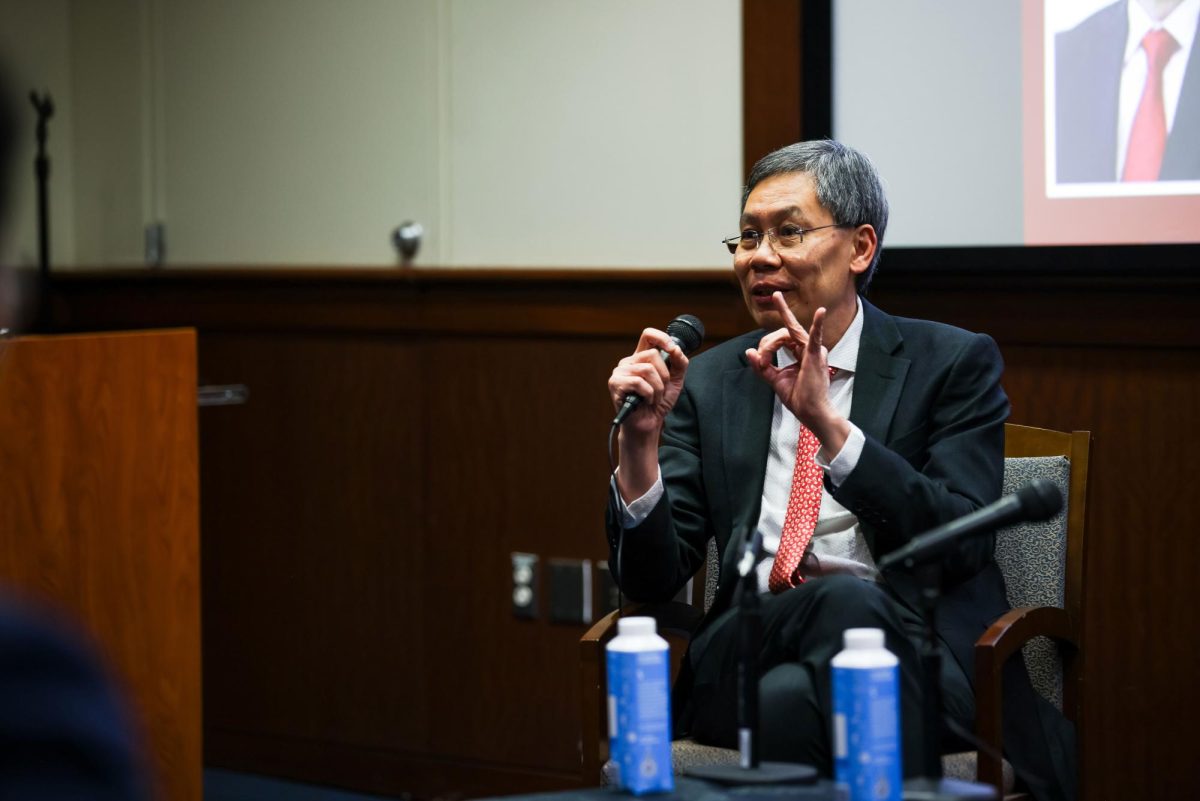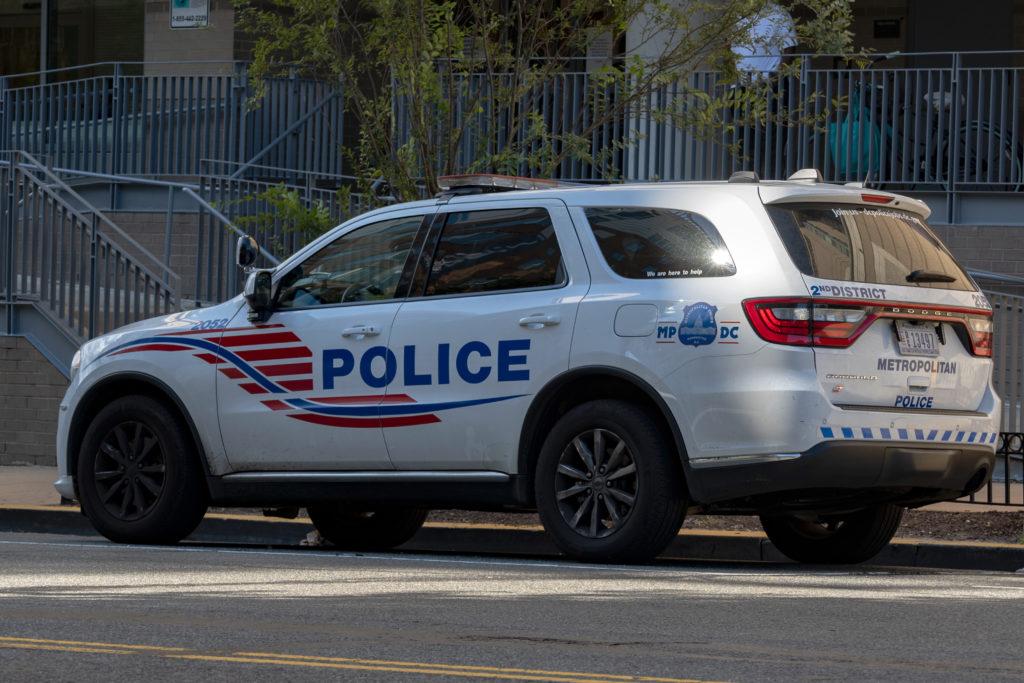Like many European commercial centers, Cologne began building a cathedral of extraordinary ambition in the Middle Ages, only to see it remain unfinished for centuries. A work crane hovered over the incomplete south tower and the city for four centuries. GW is proposing a similar “business model” for its monolithic science and engineering building, with perhaps similar consequences.
Certainly the project is a large one by GW standards – administration estimates have run from $250 million to $350-400 million dollars. The higher figure approaches the annual operating revenue of the University and is 35 to 40 percent of the billion-dollar endowment the University has managed to accumulate over its entire existence. The numbers apparently include equipment for the building, but not heat, light and other annual maintenance costs which will have to be secured from other sources, nor the foregone earnings of the parking garage that will be leveled to make way for the monolith.
As a consequence of the project size, Arthur Wilmarth, chair of the Faculty Senate Executive Committee, last summer proposed that a special senate committee be formed to learn more about the planning of the Science and Engineering Complex and its potential impact on the University, a proposal that University President Steven Knapp graciously endorsed. The committee has met on a number of occasions, including a lengthy, informative meeting last summer with President Knapp, Executive Vice President for Academic Affairs Donald Lehman and Executive Vice President and University Treasurer Louis Katz.
The meeting with senior administrators was both troubling and reassuring. To an economist, the most troubling aspect of the meeting was the announcement that the president did not feel the University had time to consider alternative building models, like a science and engineering complex with multiple, smaller buildings and renovations that might be more attractive to donors and could place the University at less financial risk.
He noted that the administration (in fairness, until recently not his own) had taken many years to develop the idea of the monolith. He left it to our imaginations to project how long the serious consideration of alternatives would take. Given the lack of novelty of the current “dream” project – the largest building that would fit in the space available after the 22nd Street parking garage and the exercise science building have been razed – one can sympathize with this argument.
The administration made plausible, though hardly overwhelming, arguments for the monolithic approach. The unitary building could facilitate interdisciplinary research, a favorite of academic administrators everywhere. Economies of scale are also an obvious plus. Less obvious is the flexibility the unitary approach will give administrators in allocating space. Investigators with external grants and contract funding are expected to finance a significant portion of the project, with only the ground floor dedicated to undergraduate labs and teaching facilities. Departments and schools that stumble in the grants and contracts competition would be rolled up and their space offered to other, more successful external fund raisers. Apparently the Medical School will also be eligible for this competition.
In lieu of more substantial consideration of alternatives to the monolith, the President proposed several damage control measures to insulate the rest of the University from missteps on the project. In particular he promised that he will not use operating revenues, the money from student tuition and dorm charges, to finance the building, instead using indirect charges from grants and contracts (presumably in excess of administrative costs), donor gifts and some portion of the revenue stream from Square 54. This is a major and welcome policy change from the last administration, which relied heavily on student tuition to fund its building projects.
Addressing the risk issue, the President proposed that individual floors of the building would be “finished out” only as funds become available. If the monolith turns out to be less attractive to potential donors than the administration anticipates, we may see plastic sheets flapping from the upper stories of the science and engineering building on 23rd Street for decades to come.
The writer is a professor of economics and a member of the Faculty Senate special committee on financial & operational planning for the Science & Engineering Complex.




